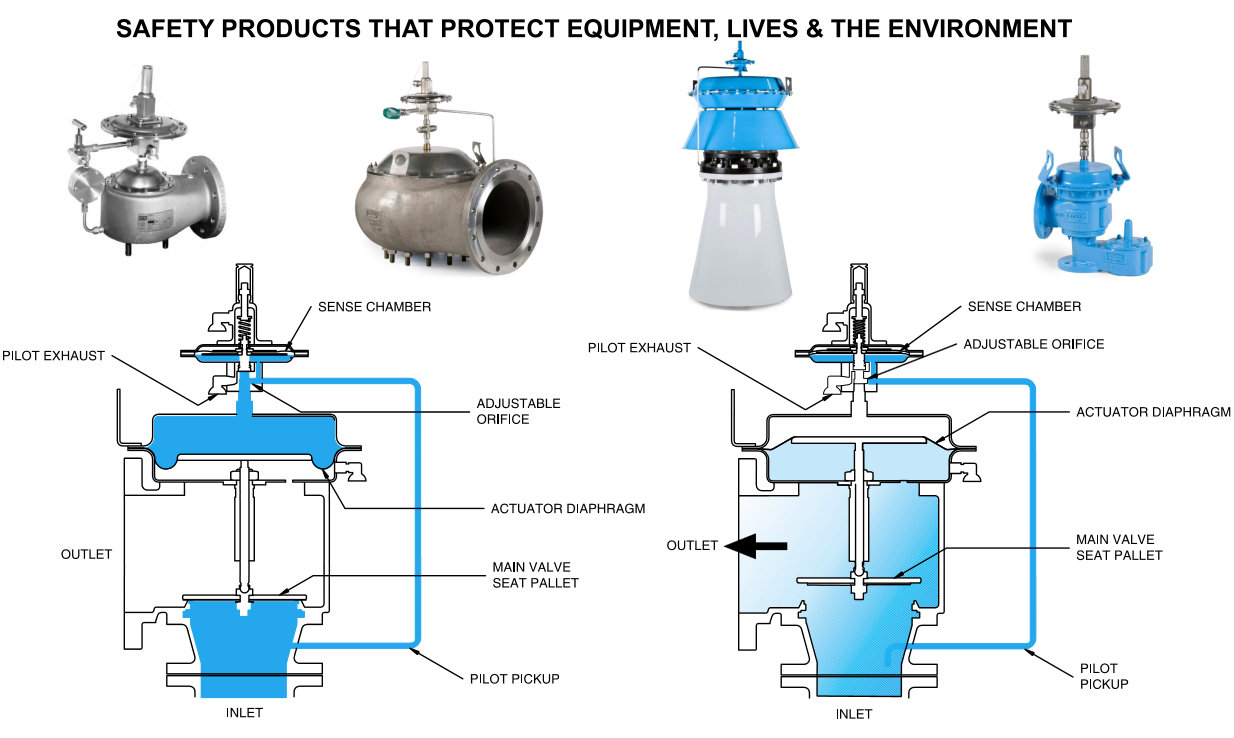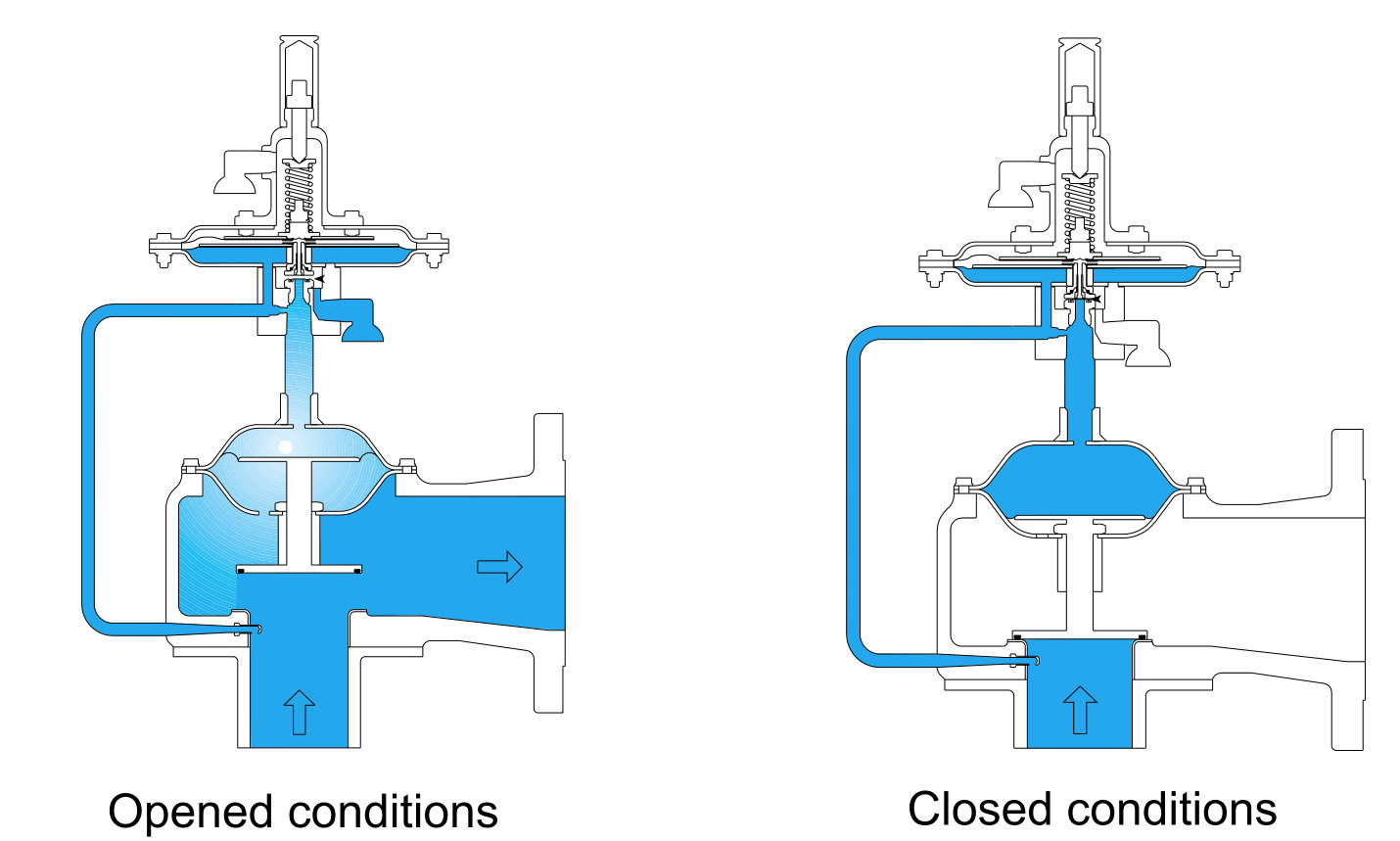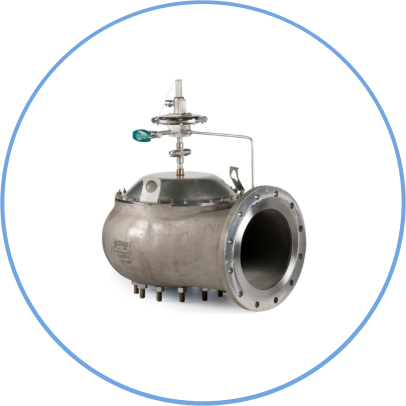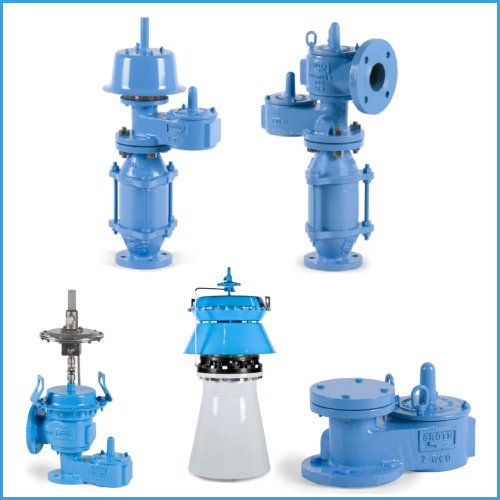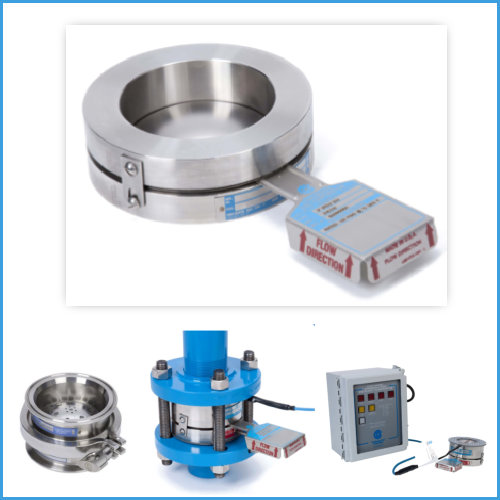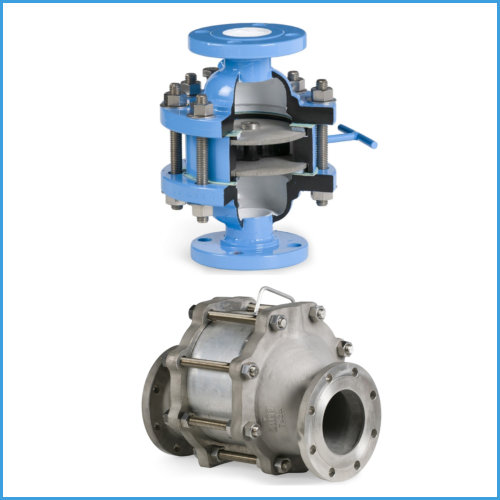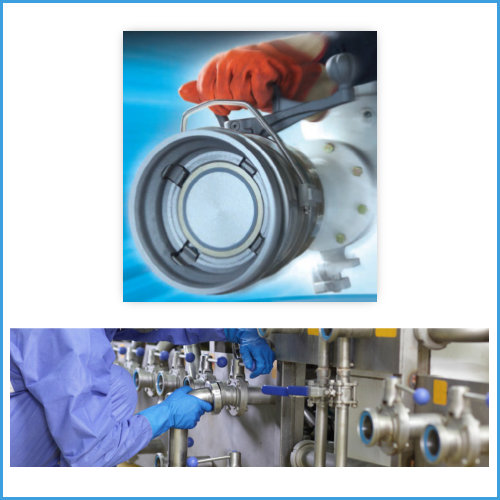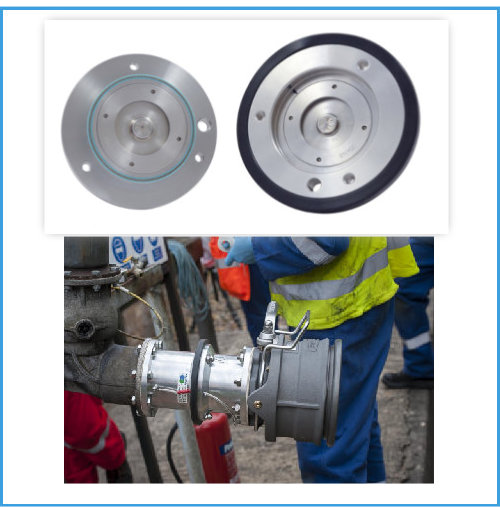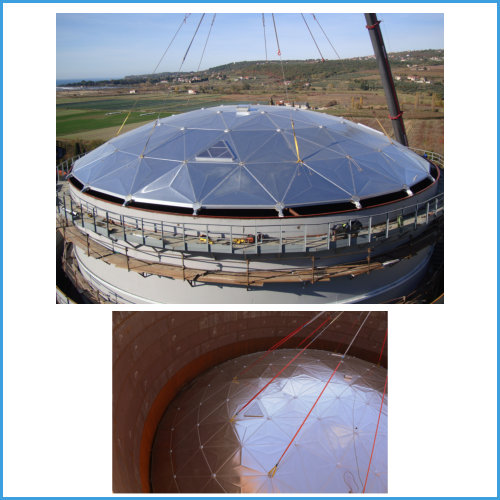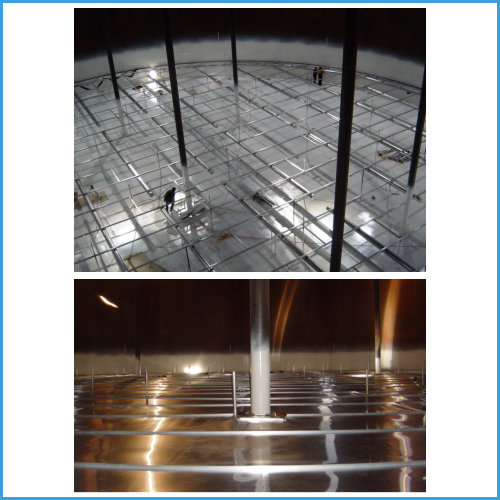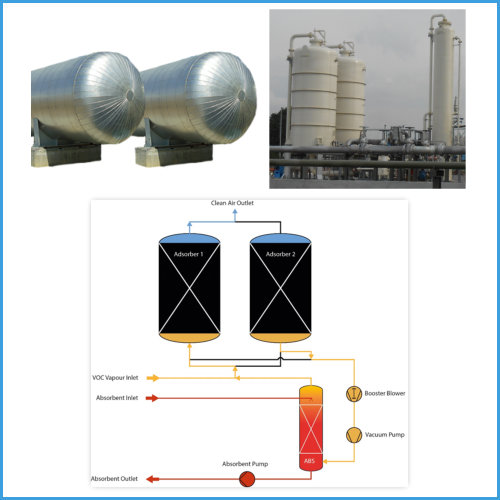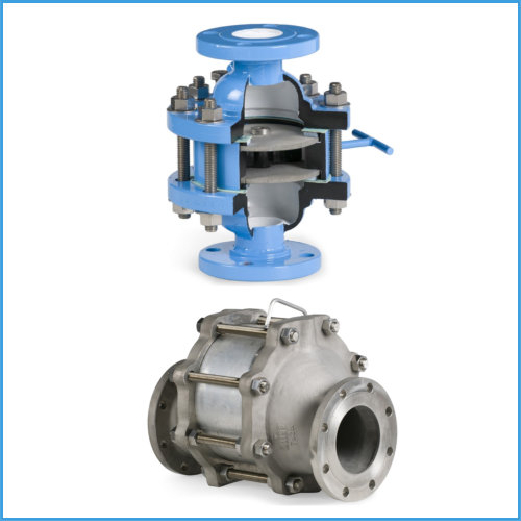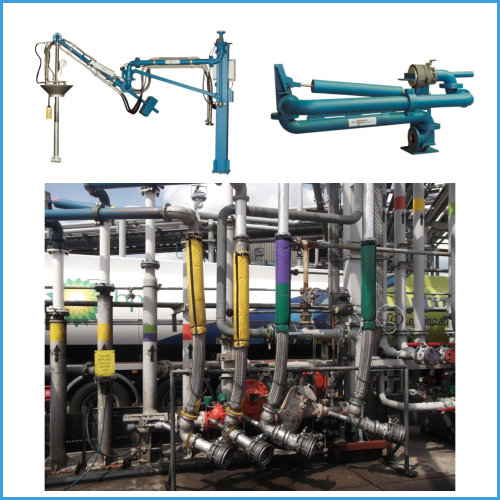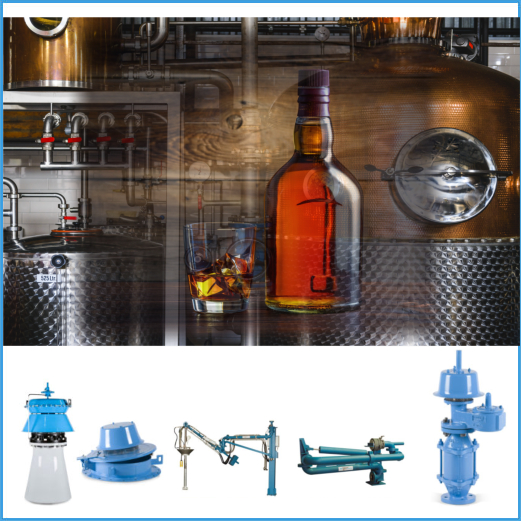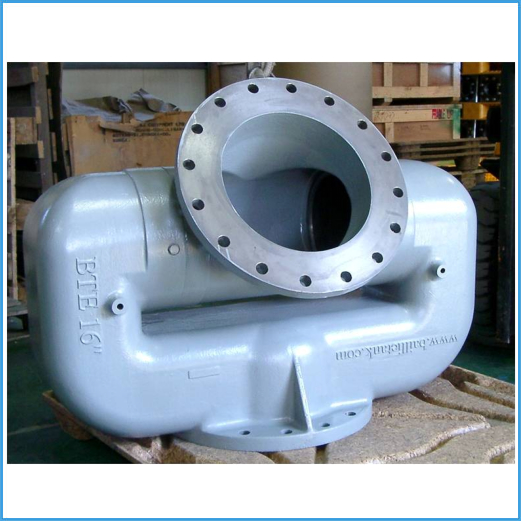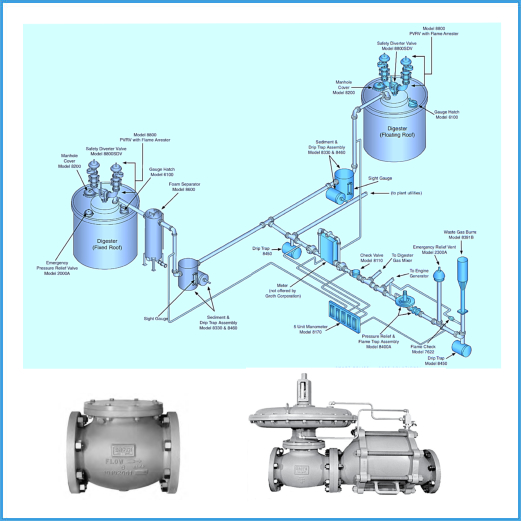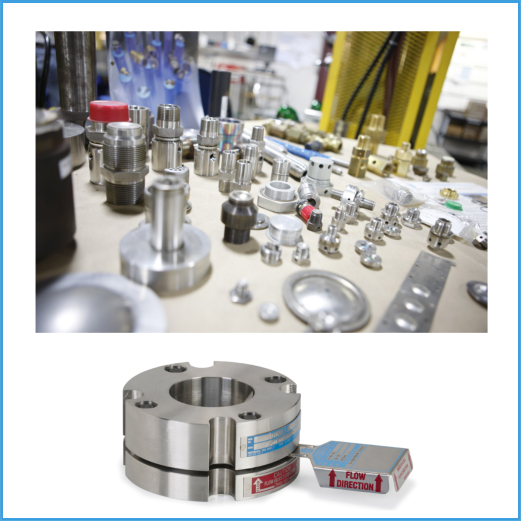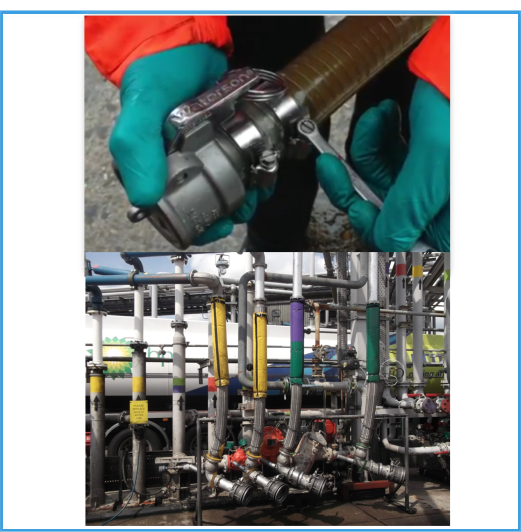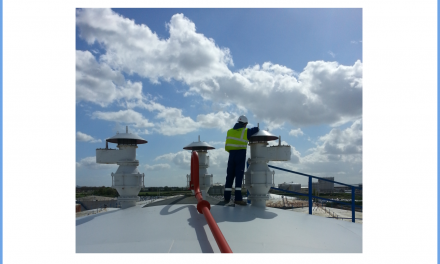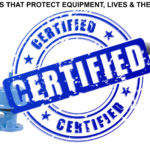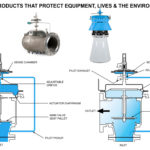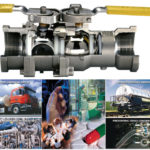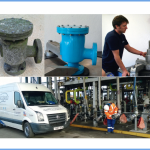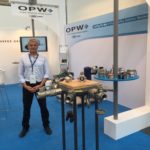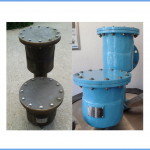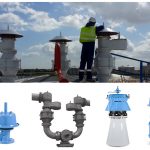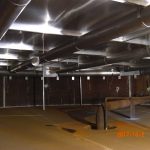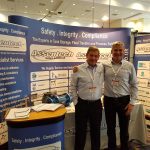Pilot operated pressure relief valve working principles and advantages
Pressure relief valves are major emission control devices, pilot operated pressure/vacuum relief valves are used on liquid storage tanks and other process vessels or systems to prevent structural damage due to excess internal pressure or vacuum.
The pilot operated valve is a self-contained system which does not require any external power or pressure source. The pilot valve, using system media and pressure, automatically controls the actuator pressure to either open or close the main valve depending on the pressure setting of the pilot vs the actual system pressures.
System media and pressure is sensed at the pickup fitting just above the inlet flange. In the case of remote sensing, the pickup point is directly on the vessel and usually close to the valve inlet. The media and pressure are then channelled to the pilot inlet and is redistributed to the sense chamber and to the actuator.
Under normal system operating conditions, the same pressure is acting downward against the actuator and upwards against the seat pallet. Since the actuator has a larger area than the seat pallet, the net force is downward which will press the pallet against the seat and thus keep the main valve closed. While the pilot and main valve are closed, there is no bleed to the atmosphere.
When the system pressure rises to the pilot setpoint due to an overpressure condition, the upward force in the pilot sense chamber will overcome the downward spring force to lift the pilot stem. As the stem lifts, it opens the pilot seat to allow flow through the pilot and out to the atmosphere (in applications where nothing is permitted to discharge directly into the atmosphere, the pilot discharge may be plumbed to the main valve outlet for channelling to a collection header. The flow through the pilot and adjustable orifice will cause a pressure drop downstream of the orifice which in turn causes the pressure in the actuator to drop. When the actuator pressure decreases to a point where the upward force on the seat pallet is greater than the downward force of the actuator, the main valve will open. The amount the main valve opens depends on the system overpressure. The greater the overpressure, the wider the main valve opens, until full open is obtained at approximately 10% overpressure.
After the excess pressure has been relieved and the system pressure is again below the set point of the pilot, the valve will return to its normal closed position.
The pilot operated relief valve has principal advantages over other types of relief valves:
• Seals in accordance with API 2000 requirements for Pilot Operated Relief Valves.
• It is fully open at 10% above the set pressure.
These characteristics permit an operating pressure closer to the maximum allowable working pressure of the tank. High operating pressures reduce evaporation and total venting volume, thereby reducing product loss and cost of processing emissions.
Assentech supply, install and service full range of storage tank and fluid transfer equipment in the UK and Europe.
At Assentech, we supply a broad range of services to the fluid process, transfer and storage industries.
We provide technical assistance, installation and maintenance for all of the products we offer, as well as for similar equipment from 3rd party manufacturers.

